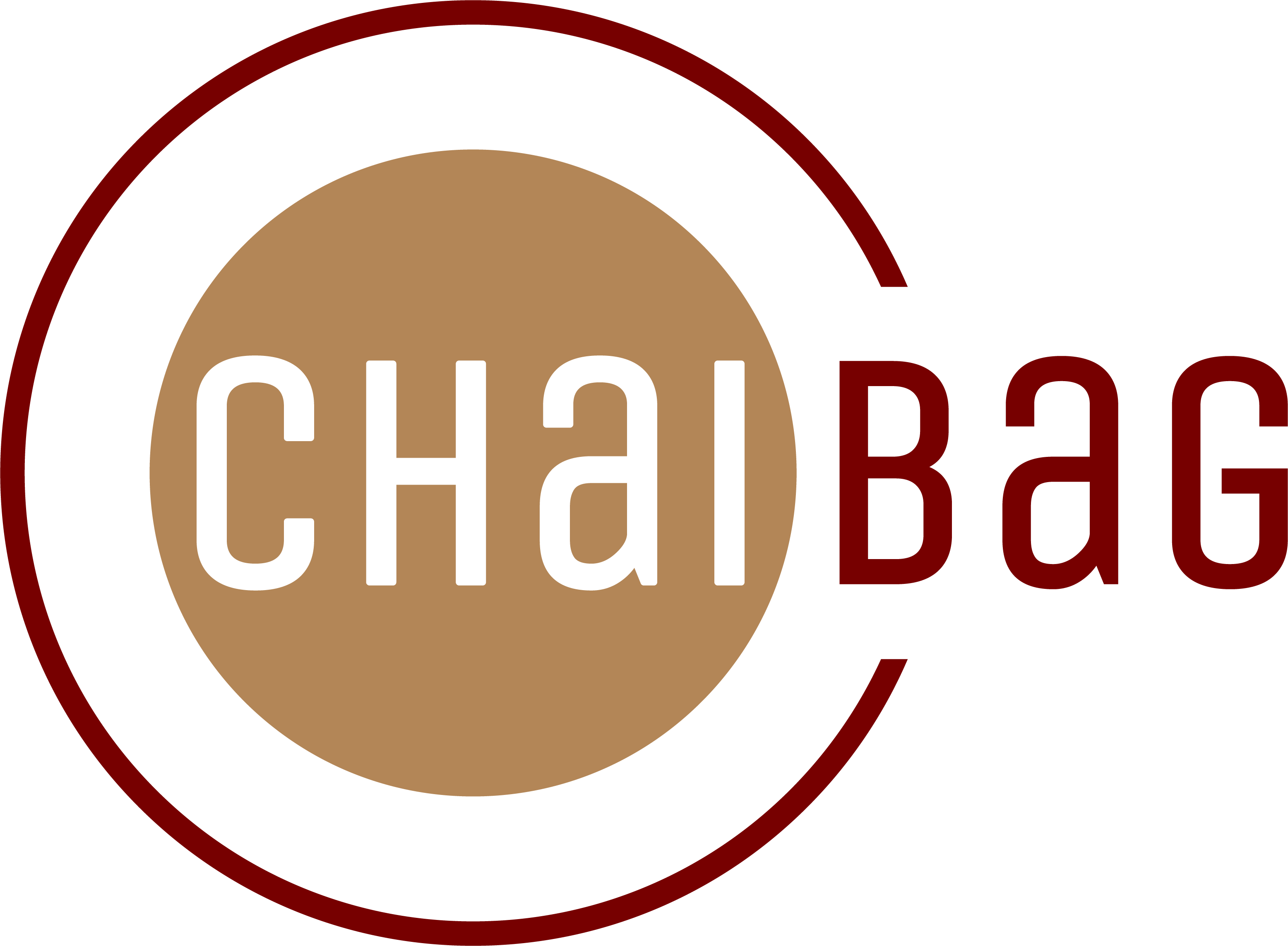Tea and Self-Care
You’ve just gotten the best spa treatment of your life, and you’re feeling wonderful. “Life couldn’t get better”, you think, but it does - you are served a piping hot cup of tea! What better way to complete your self-care session?
Over time, tea has come to be synonymous with a spa-like comfort, evoking feelings of peace and rejuvenation. Indian tea, colloquially known as chai, often takes this experience further to provide remedial purposes too. While the most basic form of chai only uses tea leaves, milk and sugar (optional), many masala chai recipes incorporate one or more spices.
Indeed, this keeps the chai-drinking experience interesting and varied for your tastebuds, but this use of spices is intentional: research has discovered several potential health benefits of consuming them. ChaiBag draws on these very values through its carefully chosen spice-mix:
Properties of spices [sources 1-13 in the References section]
|
|
Property → |
||||
|
Spice ↓ |
Antioxidant |
Anti -cancer |
Anti -diabetic |
Anti- inflammatory |
Anti- microbial |
|
Black Pepper |
✔ |
|
|
✔ |
✔ |
|
Cinnamon |
✔ |
|
✔ |
✔ |
✔ |
|
Clove |
✔ |
✔ |
✔ |
|
✔ |
|
Ginger |
✔ |
✔ |
✔ |
✔ |
✔ |
|
Fennel Seeds |
✔ |
✔ |
✔ |
✔ |
✔ |
|
Green Cardamom |
✔ |
✔ |
|
✔ |
|
|
Nutmeg |
✔ |
|
|
✔ |
✔ |
|
Star Anise |
✔ |
|
✔ |
✔ |
✔ |
There are additional, research-verified applications of our spices [sources 3-20 in the References section] :
- Bay Leaf (Indian): helps manage Type 2 diabetes3
- Black Cardamom: also known as greater cardamom, helps prevent and/or effectively manage heart diseases14
- Black Pepper: helps remove toxins from the body, improves brain functioning and helps better digestion8
- Cinnamon: protects the brain from conditions such as Alzheimer’s and Parkinson’s15
- Cloves: provide a source of important nutrients (vitamins C and K, iron, calcium and magnesium), help fight cervical and esophageal cancers, and protect the liver from fatty liver disease and cirrhosis4
- Ginger (Dried Root): lowers blood pressure and levels of cholesterol in the blood, and provides relief from nausea6,16
- Green Cardamom: fights bad breath, helps treat ulcers and indigestion8
- Fennel Seeds: help improve menstrual flow and prevent heart disease7,17
- Nutmeg: is useful in treating insomnia, fights bad breath, cleanses the kidney and liver, and improves cardiovascular health9,11
- Star Anise: helps as an antiviral, fights bad breath and relieves constipation12,13,18
- White Pepper: is sometimes used in treating gastrointestinal problems, such as diarrhea; effective in treating prostate cancer19,20
And just like that, Chai Bags delivers all-natural sips of wellness: a gift of health and happiness, cup after cup!
References
- Singletary, K. (2010). Black Pepper Overview of Health Benefits. Nutrition Today, 45(1), 43–47. https://doi.org/10.1097/NT.0b013e3181cb4539
- Singletary, K. (2019). Cinnamon. Nutrition Today, 54(1), 42–52. https://doi.org/10.1097/nt.0000000000000319
- Tapsell, Linda C.; Hemphill, Ian; Cobiac, Lynne; Sullivan, David R.; Fenech, Michael; Patch, Craig S.; Roodenrys, Steven; Keogh, Jennifer B.; Clifton, Peter M.; Williams, Peter G.; Fazio, Virginia A.; and Inge,Karen E.: Health benefits of herbs and spices: the past, the present, the future 2006.
- M, A. (2021, May 5). The health benefits of spices. Medical Alerts Store & Health Tips. Retrieved August 25, 2022, from https://medicalalertsstore.com/the-health-benefits-of-spices/
- Singletary, K. (2014). Clove: Overview of Potential Health Benefits. Nutrition Today, 49(4), 207–224. https://doi.org/10.1097/nt.0000000000000036
- Rupasinghe, V., & Gunathilake, K. D. P. P. (2015). Recent perspectives on the medicinal potential of ginger. Botanics: Targets and Therapy, 55–63. https://doi.org/10.2147/btat.s68099
- Javed, R., Hanif, M. A., Ayub, M. A., & Rehman, R. (2020). Chapter 19 - Fennel. Medicinal Plants of South Asia, 241–256. https://doi.org/10.1016/b978-0-08-1026595.00019-7
- Kalsi, R. (2021, February). Agriculture & Environment E-Newsletter.
- Dhaslin, F. Y., Isaac, R., & Prabha, L. M. (2019). Antioxidant, antimicrobial, and health benefits of nutmeg. Drug Invention Today, 12(1), 167–169. Retrieved August 25, 2022, from https://web.s.ebscohost.com/abstract?direct=true&profile=ehost&scope=site&authtype=crawler&jrnl=09757619&AN=134240970&h=l%2bJJGSBWk4L%2bdC68SNTQuIQN3KzZVq56WRZYYf8Z%2bjNMxni1W%2fhYZx%2fJMiTpJAFltY%2fjtAzc7MXSFA2rrpenMg%3d%3d&crl=c&resultNs=AdminWebAuth&resultLocal=ErrCrlNotAuth&crlhashurl=login.aspx%3fdirect%3dtrue%26profile%3dehost%26scope%3dsite%26authtype%3drawler%26jrnl%3d09757619%26AN%3d134240970.
- Pimple, B. P., & Bhor, R. B. (2022). Chapter 2 Therapeutic Activities of Nutmeg (Myristica Fragrans). In A. M. Kulkarni (Ed.), Herbs, Spices, and Medicinal Plants forHuman Gastrointestinal Disorders: Health Benefits and Safety. essay, CRC Press.
- Agbogidi, O. M., & Azagbaekwe, O. P. (2013). health and nutritional benefits of nut meg(mystica fragrans houtt.). Scientia Agriculturae, 1(2), 40–44.
- Patra, J. K., Das, G., Bose, S., Banerjee, S., Vishnuprasad, C. N., Pilar Rodriguez‐Torres, M., & Shin, H. S. (2020). Star Anise ( illicium verum ): Chemical compounds, antiviral properties, and clinical relevance. Phytotherapy Research, 34(6), 1248–1267.https://doi.org/10.1002/ptr.6614
- Vecchio, M. G., Gulati, A., Minto, C., & Lorenzoni, G. (2016). Pimpinella Anisum and Illicium Verum: The Multifaceted Role of Anise Plants. The Open Agriculture Journal,10, 81–86.
- Rastogi, S., Mohan Pandey, M., & Kumar Singh Rawat, A. (2017). Spices: Therapeutic Potential in Cardiovascular Health . Current Pharmaceutical Design, 23(7), 989–998.
- Błaszczyk, N., Rosiak, A., & Kałużna-Czaplińska, J. (2021). The potential role of cinnamon in human health. Forests, 12(5), 648. https://doi.org/10.3390/f12050648
- Leech, J. (2016, April 13). Proven Health Benefits of Ginger [web log]. Retrieved August 25, 2022, from https://pierredieregesondheid.wordpress.com/2016/04/13/proven-health-benefits-of-ginger/.
- , D. (2022). Effect of fennel seed: On women health. International Journal of Advances in Nursing Management, 95–98. https://doi.org/10.52711/2454-2652.2022.00024
- Shahrajabian, M. H., Sun, W., & Cheng, Q. (2021). Survey on Chemical Constituent, Traditional and Modern Pharmaceutical and Health Benefits of Chinese Star Anise, a Treasure from the East. Pharmacognosy Communications, 11(1), 31–35.
- (n.d.). White Pepper: Overview, uses, side effects, precautions, interactions, dosing and reviews. WebMD. Retrieved August 25, 2022, from https://www.webmd.com/vitamins/ai/ingredientmono-1529/white-pepper
- White Pepper facts, health benefits and nutritional value. Health Benefits | Health Benefits of foods and drinks. (2018, April 20). Retrieved August 25, 2022, from https://www.healthbenefitstimes.com/white-pepper/

